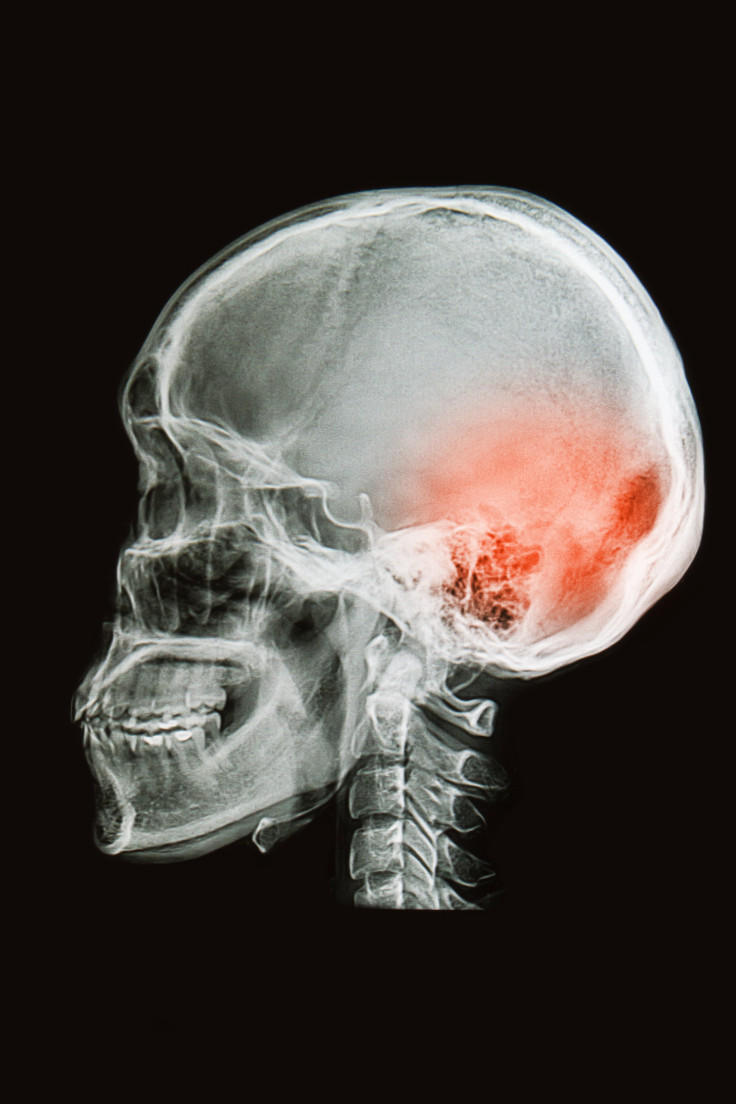People Who Suffer Depression And Anxiety After A Traumatic Brain Injury May Have Damaged White Matter

Over the past few years, it’s become widely known among the scientific community that traumatic brain injuries, or concussions as they’re more often called, can result in lasting physical and mental damage for the sufferer — a reality that only entered the public consciousness with the emergence of lawsuits filed against the NFL, alleging that they had ignored the evidence showing this when it came to their own players.
But while we know that a concussion can leave you with more than dizziness and a temporary headache, it’s been harder to understand exactly why. Now, new research published in the Radiological Society of North America claims to have possibly figured out part of the mystery. The study authors say they were able to detect unique brain patterns among people suffering from depression or anxiety as a result of their concussion when compared to the brains of those concussion sufferers with no reported mental problems — in some cases, these patterns resembled the brains of those whose mental illness wasn’t caused by head trauma.
Noting that conventional screening techniques have failed to find substantial differences in the brains of concussion sufferers compared to a healthy population, the researchers instead utilized diffusion tensor imaging, a MRI method that can detect abnormalities in the structure of white matter, namely the fibers that allow signals to be transmitted throughout the rest of the brain (multiple sclerosis, a degenerative neurological disorder that gradually disturbs physical and mental functioning, is known to occur in white matter).
They tested two groups of post-concussion patients: 45 reporting psychological issues like irritability, depression, and anxiety, and 29 with no reported mental ailments. "Using other concussion patients as our controls was a big advantage of our study," said lead author Dr. Lea M. Alhilali, assistant professor of radiology at the University of Pittsburgh Medical Center (UPMC). "When you are able to study a similar population with similar risk factors, you get much more reliable results."
The authors were able to find noticeable differences in the brain structure of the two groups. Depressed post-concussion sufferers had decreased functionality of the white matter surrounding an area near the deep gray matter of the brain that is strongly associated with the brain's reward circuit, according to an accompanying statement by UPMC. Similarly, concussion-related anxiety was linked to the impaired functioning of white matter in an area of the brain called the vermis that is believed to be involved in the regulation of our fear responses. Unfortunately, no smoking gun was found for those with irritability.
The patterns they discovered were especially revealing for their differences and similarities to other types of mental illnesses. "The regions injured in concussion patients with depression were very similar to those of people with non-traumatic major depression disorder," Dr. Alhilali said. "This suggests there may be similar mechanisms to non-trauma and trauma-dependent depression that may help guide treatment."
Meanwhile, because the vermis hasn’t been linked to anxiety disorders in those without head trauma, it may point to a need to handle these cases differently from conventional anxiety patients.
Overall, the authors feel their findings may pave the way to advances in understanding what can happen to people after a traumatic brain injury, and how to better treat those who suffer lingering side effects in the wake of it. "There are two major implications for this study," Dr. Alhilali said. "First, it gives us insight into how abnormalities in the brain occur after trauma, and second, it shows that treatments for non-trauma patients with neuropsychological symptoms may be applicable to some concussion patients."
Source: Alhilali, L, Delic J, Gumus S, et al. Evaluation of White Matter Injury Patterns Underlying Neuropsychiatric Symptoms after Mild Traumatic Brain Injury. Radiological Society of North America. 2015



























